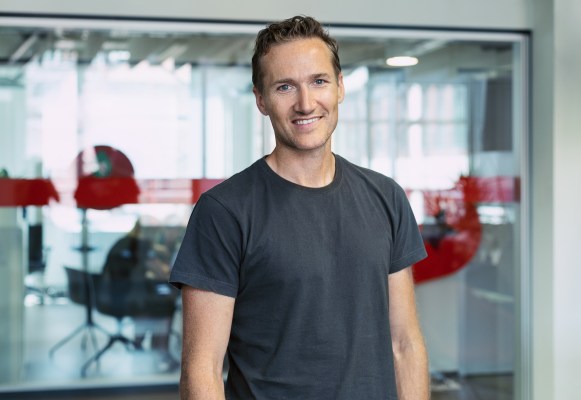Food-delivery platforms are on the front lines during the coronavirus crisis, with major spikes in demand as communities are confined at home, likely with more time to cook than usual. And while some restaurants have opted to shut down, others have turned to takeout as a lifeline. Yet physical contact between suppliers, couriers and customers must be more tightly managed than ever to reduce the risk of spreading COVID-19.
The gig economy has also come under renewed scrutiny due to a lack of worker protections that have left many facing a stark choice between earning a living or sheltering in place. In the best of times, operating a delivery platform is a balancing act — and these are certainly not the best of times.
We talked to Delivery Hero CEO Niklas Östberg to find out what he’s learned about managing a global logistics business in the midst of a pandemic.
The Berlin-based company operates a variety of delivery brands across more than 40 markets and 300+ cities globally, employing 22,000 people directly — with a much larger army of self-employed platform workers who hit the streets and make the actual deliveries.
Food remains a core focus — Delivery Hero says it has some 500,000+ restaurants on its platform, making it the largest global food network outside of China — though in recent years it has branched out into other areas, including groceries and pharmaceuticals. An expansion that’s proven to be timely.
This interview has been edited for length and clarity.
TechCrunch: How is the coronavirus impacting your business?
Niklas Östberg: It has an enormous amount of impact in different ways and different regions. We are heavily impacted in some areas, in some a little bit less. In some we have positive impact and in some negative.
What goes for almost everyone except for those who are under complete curfew is that the number of new customers have significantly increased.
We have a lot of new customer segments who didn’t order food before — they now urgently need food and they’ve realized the value of food delivery. And of course there are some [existing] customers who have changed their behavior — now they might not need it as much as before. But definitely one thing that is true for almost every market is that we get a lot of new users and we get a lot of new restaurants.
